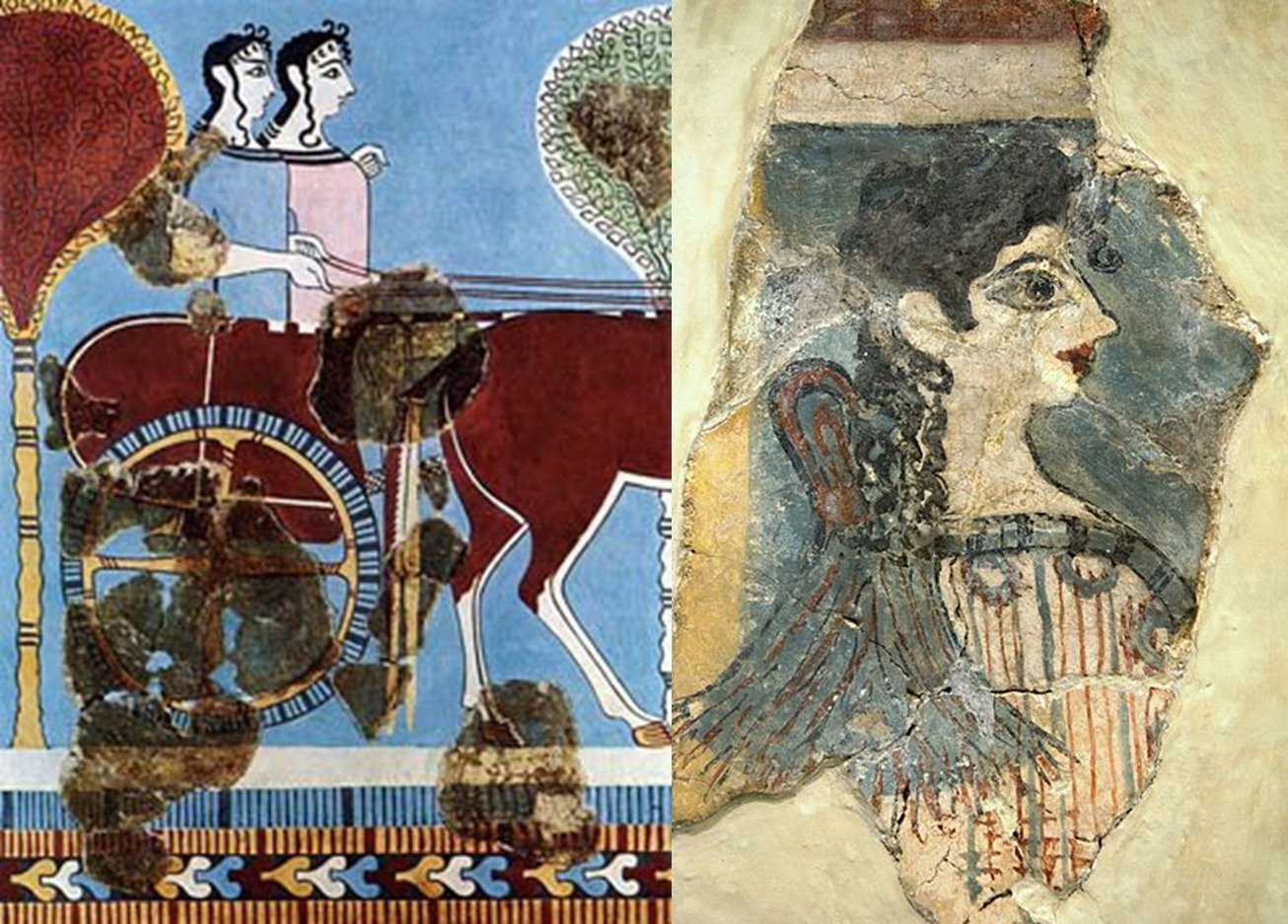
The Minoans were a powerful but mysterious naval civilization in the Bronze Age Mediterranean. One of the things that makes them so mysterious is that their texts are inaccessible to us for particular reasons.
This means that our knowledge of their society is severely limited compared to others such as Bronze Age Mycenaean Greece. Based on the limited evidence that we have, what do we know about the Minoan calendar? Do we have any information at all about this?
Why it is so difficult to understand the Minoan calendar?
The Minoans used a writing system called Linear A. Scholars believe this was the origin of Linear B, the script of the Mycenaean Greeks. However, unlike Greek, we still cannot read the language of the Minoans. For this reason, we cannot come to any conclusions about how their society functioned based on their written texts.
However, there is still plenty of other evidence on which scholars can base conclusions. For example, there is archaeological evidence pertaining to the orientation of certain buildings. Furthermore, there is plenty of artwork by the Minoans, as they loved art, and their buildings are covered with it. The things they depicted can go a long way towards telling us how Minoan society worked.
For example, the Minoans regularly depicted the sun, moon, and stars. They even portrayed the Milky Way galaxy. This tells us that the Minoans had a great interest in the celestial bodies. It would not be surprising at all if they used those natural features to form the basis of their Minoan calendar.
The spring and autumn equinoxes in the Minoan calendar
Despite the obvious limitation of available evidence, scholars have recently come to some interesting conclusions about the nature of the Minoan calendar. One conclusion is that the Minoans kept track of the spring and autumn equinoxes.
A piece of evidence for this is that the royal court of some important centers, such as Knossos and Phaistos, are almost precisely aligned with the sunrise on the equinox. They are actually oriented to align with the rising of the sun five days prior to the spring equinox and five days after the autumn equinox.
Scholars believe this discrepancy of five days is related to “the days added to a typical year to regulate the calendar, called epagomenal days,” according to one source.
When the sun rose at the start of such a day five days prior to the spring equinox, the light would strike a special platform in the inner sanctuary of the throne room. This, as well as other evidence, clearly shows that the equinoxes were important parts of the Minoan calendar.
What else have scholars discovered about the Minoan calendar?
One purported discovery comes from Greek literary descriptions of the religious activity of King Minos. These ancient texts tell us that King Minos engaged in a “meeting” with Zeus every nine years. Scholars have interpreted this to really mean every eight years due to the absence of the number zero.
Supposedly, this indicates the Minoans used something called octaeteris, which is a repeating cycle of eight solar years. However, using literary evidence concerning King Minos to come to conclusions about the Minoan calendar is not a valid method. The legends about King Minos are based in the time of Theseus, who may have been a historical figure of the ninth or eighth century BCE according to scholars. This would place Minos long after the period of Minoan civilization.
More reliable evidence has led scholars to conclude that the Minoans were aware of and followed the Metonic cycle. This is a cycle in which the phases of the moon occur on the same day of the year. It repeats every nineteen years.
Regarding the basics, scholars have deduced that the Minoans followed a year of 360 days, as well as the five epagomenal days mentioned earlier. The Minoan calendar also had twelve months of thirty days each. In this respect, it was very similar to the Egyptian calendar.
See all the latest news from Greece and the world at Greekreporter.com. Contact our newsroom to report an update or send your story, photos and videos. Follow GR on Google News and subscribe here to our daily email!



